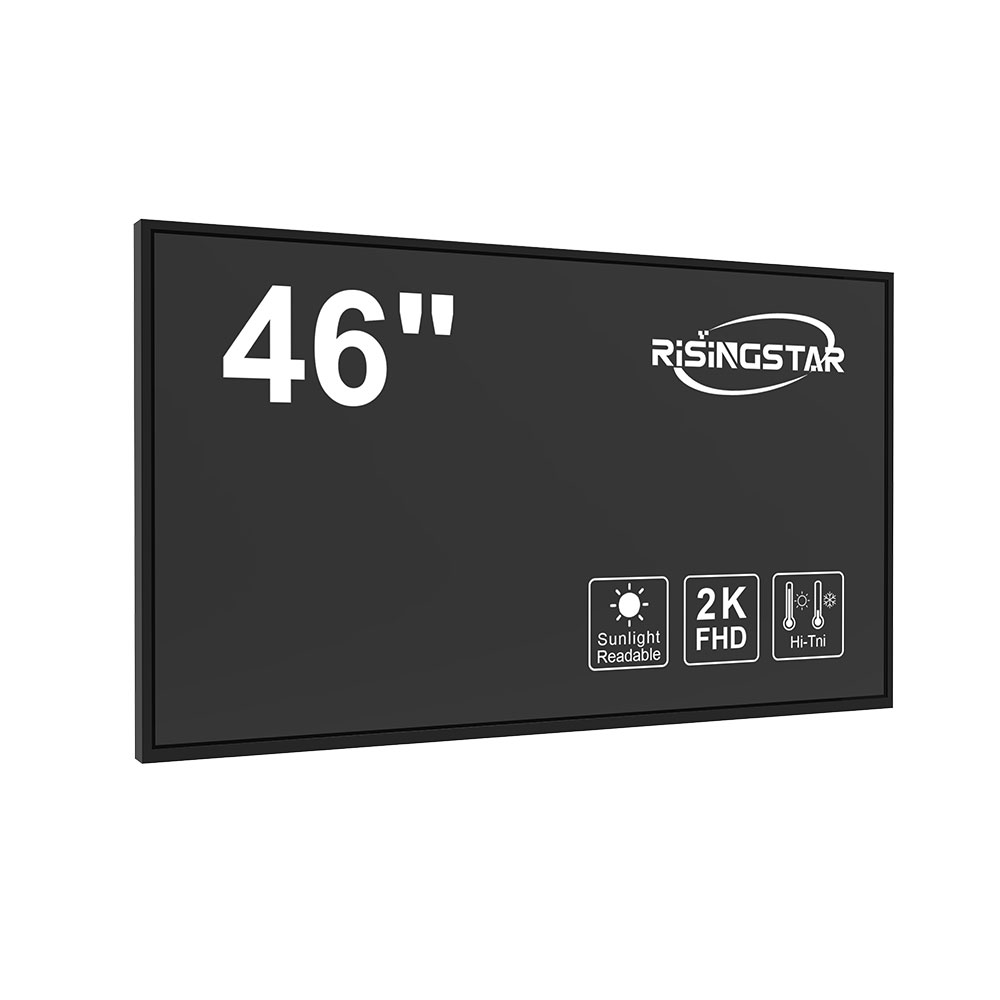- Home
- About Us
- Products
- News
- Video
- Contact
- Send Inquiry
Search
- Home
- About Us
- Products
- News
- Video
- Contact
- Send Inquiry

Outdoor LCD screens are essential for modern digital signage in environments such as retail stores, public transportation hubs, stadiums, and advertising billboards. Unlike indoor displays, outdoor units must withstand extreme weather conditions—high temperatures, humidity, UV radiation, and even physical impacts—while maintaining optimal brightness and color accuracy. Choosing the right outdoor LCD screen requires understanding key technical specifications and real-world performance metrics.
The first critical factor is brightness, measured in nits. For sunlight-readable displays, a minimum of 5,000 nits is recommended, though high-end models can exceed 10,000 nits. This ensures visibility under direct sunlight without compromising energy efficiency or lifespan. According to the Society for Information Display (SID), 5,000-nit screens perform reliably in most outdoor settings, while higher brightness levels are necessary in extremely bright environments like deserts or coastal regions.
Next, consider the display’s environmental rating. Look for IP65 or higher ingress protection to prevent dust and water damage. A full-sealed aluminum frame and reinforced glass with anti-reflective coating further enhance durability. Industry standards like IEC 60529 define these ratings, ensuring consistency across manufacturers.
Contrast ratio and color gamut also matter. High dynamic range (HDR) support and wide color gamut (e.g., DCI-P3 or Rec. 2020) ensure vivid visuals even in low-light conditions. For instance, many sports venues now use 4K HDR outdoor screens that deliver lifelike motion and vibrant colors during evening events.

Another often-overlooked aspect is thermal management. Outdoor screens generate heat from both ambient temperature and internal components. Advanced passive cooling systems using heat sinks and airflow design help maintain stable operation. Some leading brands, like LG and Samsung, incorporate AI-based temperature monitoring to prevent overheating and extend product life.
Finally, consider installation flexibility and maintenance. Modular designs allow for easier repair and scaling, while remote diagnostics reduce downtime. Real-world case studies—such as the deployment of outdoor LCDs at Heathrow Airport or Times Square—show that robust engineering and smart design lead to over 80% uptime in harsh conditions.
In conclusion, selecting an outdoor LCD screen involves balancing brightness, environmental resilience, visual quality, thermal stability, and serviceability. By adhering to industry standards like IEC and SID guidelines, and choosing proven solutions from reputable vendors, businesses can ensure long-term reliability and maximum return on investment.